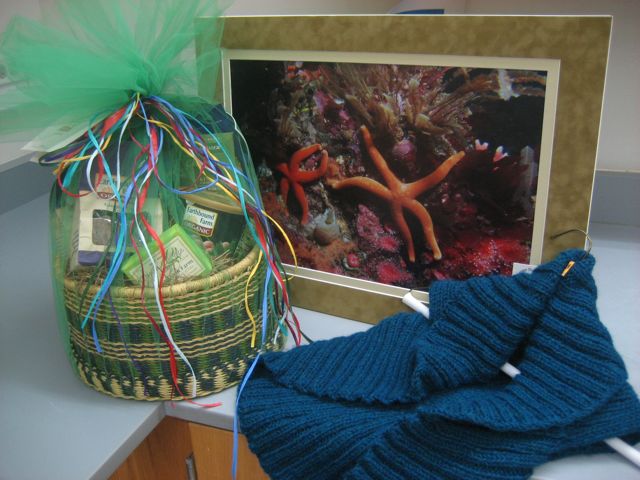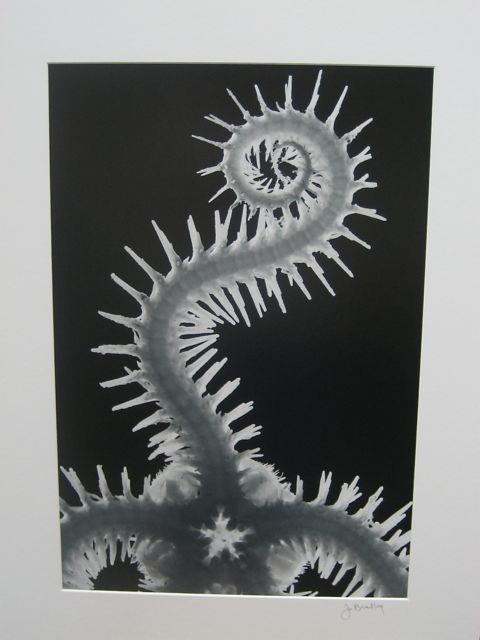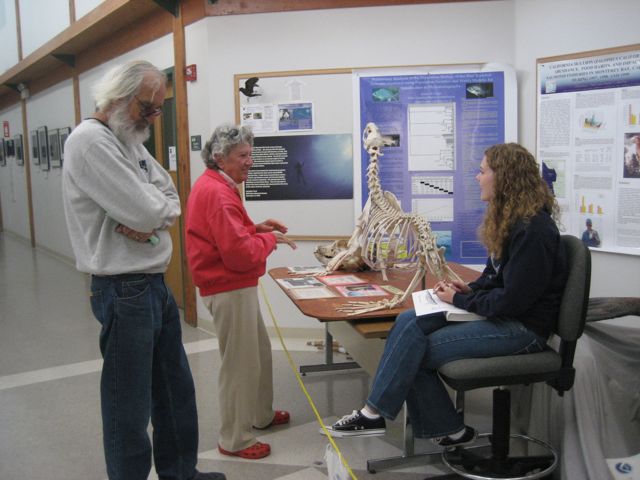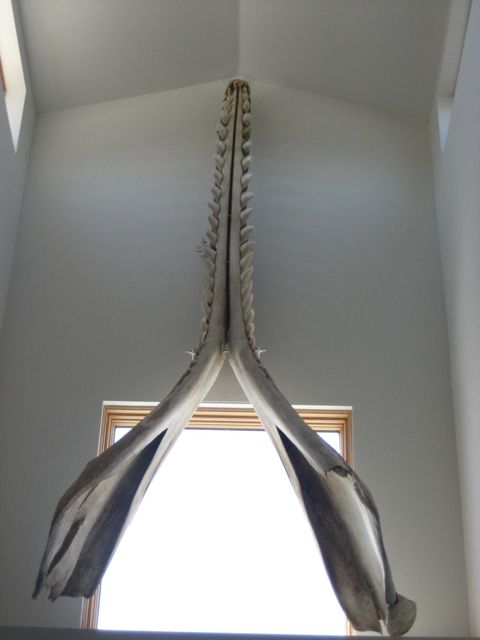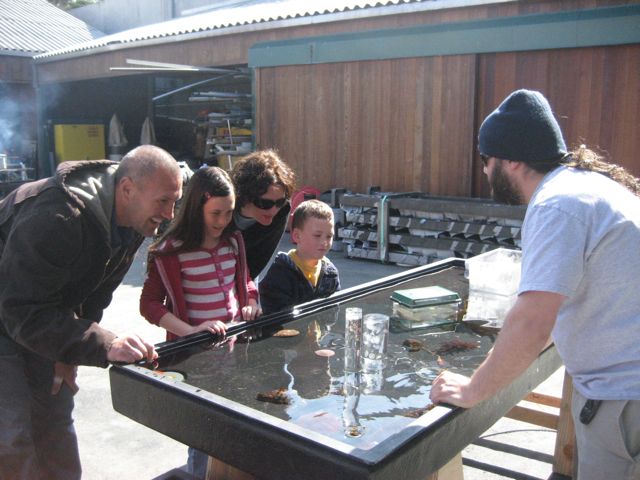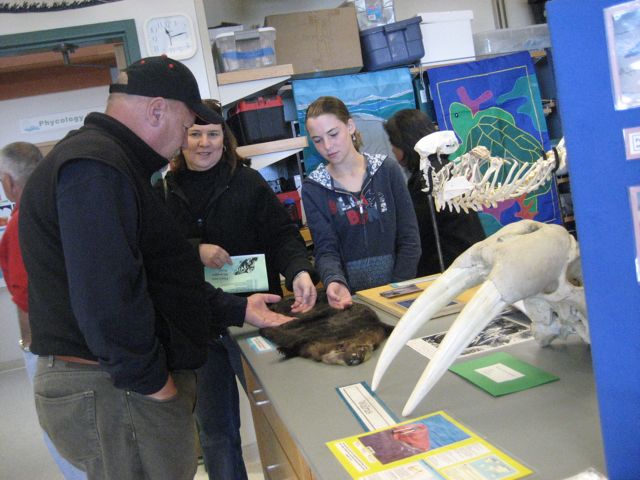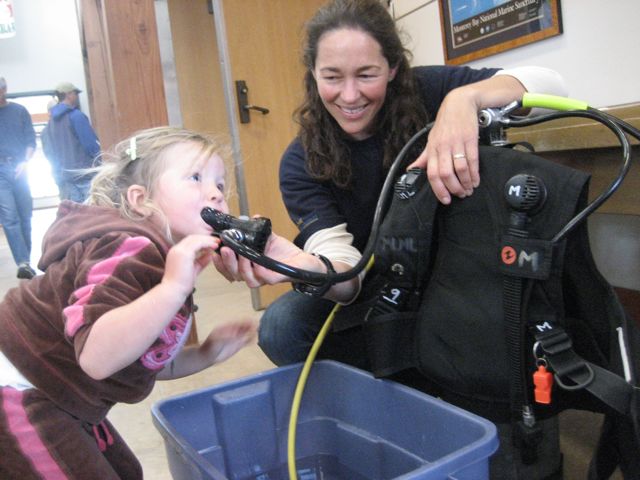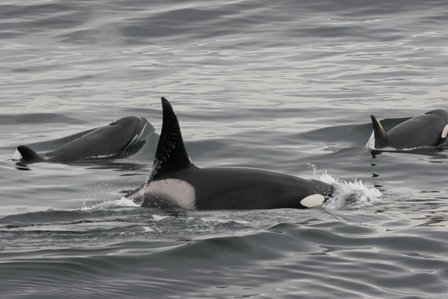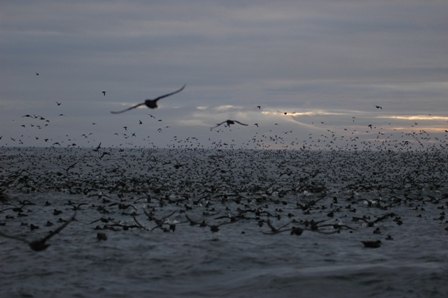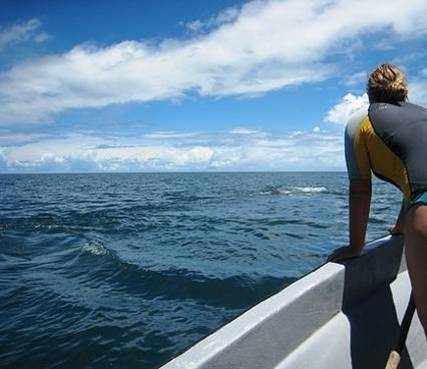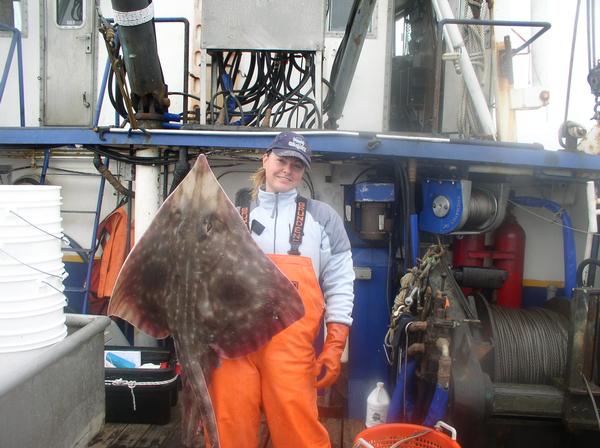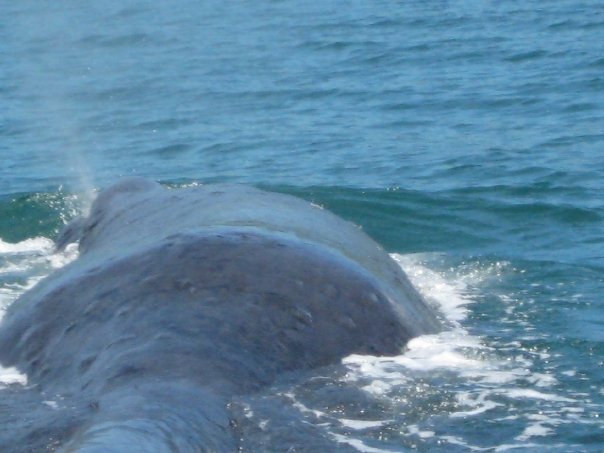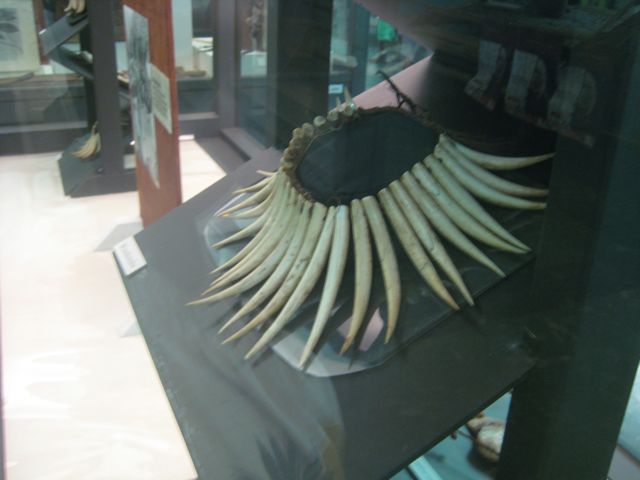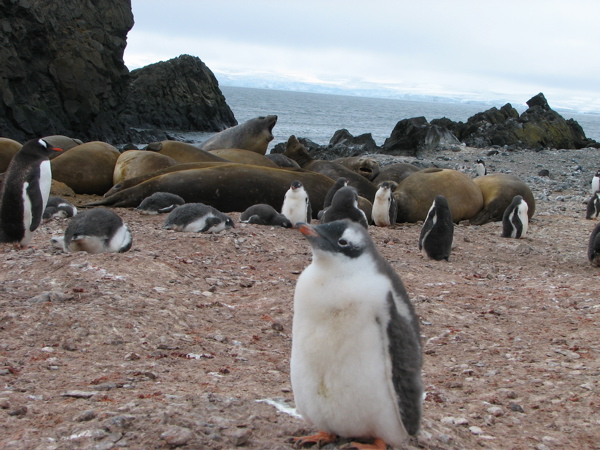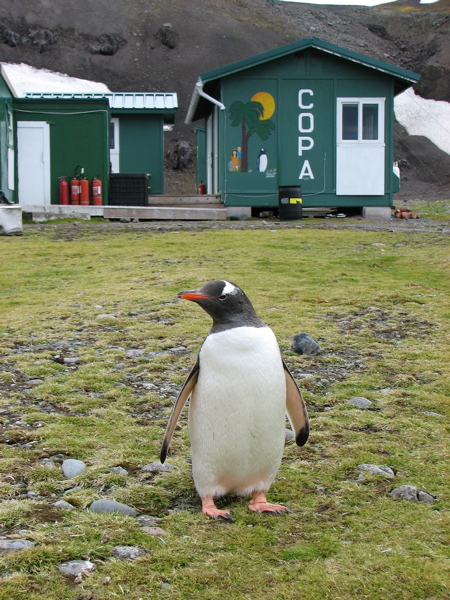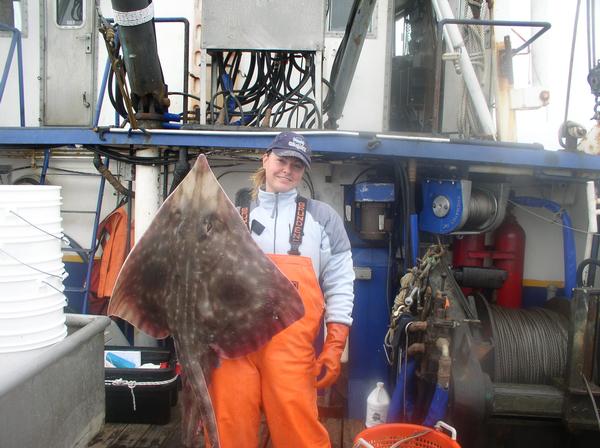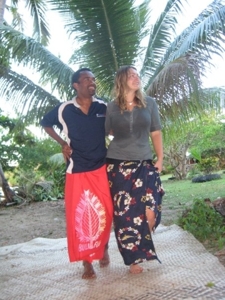Countdown to Open House: 6 days!
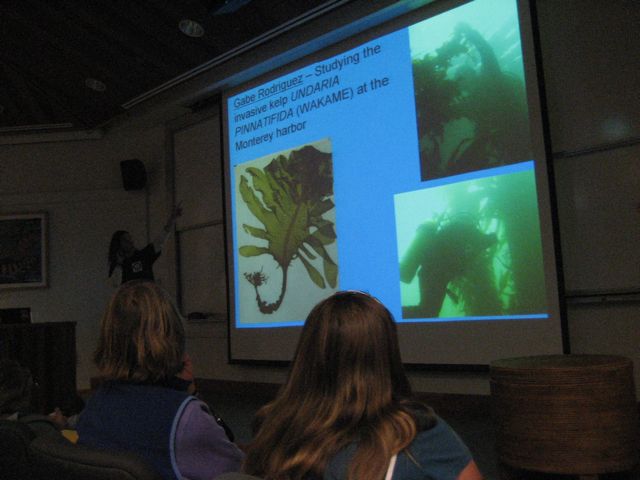
What better way to learn about marine science than straight from the scientist’s mouth? Open House is your chance to hear MLML students and faculty present talks on a number of exicitng topics, including sharks, seaturtles, kelp and ROVs. Each seminar will be about 20 minutes, with 10 minutes of Q&A, so bring those questions you’ve always wanted to ask!
Here is the current schedule:
Saturday April 25th
11:00 Danielle Frechette – Where have all the salmon gone? The role of predation in Central California watersheds
11:30 Erin Loury – So You Want to be a Marine Scientist…the Inside Scoop
12:00 Nate Jones – Seabird Foraging in the Bering Sea, Alaska
1:00 Thew Suskiewicz – You Are What You Eat: Farming Abalone with Seaweed in Monterey Bay
1:30 Dr. Jim Harvey – Leatherback turtles eating jellyfish off California
2:00 Paul Tompkins – Into the Blue: Marine Science Diving at MLML
Sunday April 26th
11:00 Dr. Dave Ebert – Beyond Jaws: Shark Biodiversity & Conservation
11:30 Erin Loury – So You Want to be a Marine Scientist…the Inside Scoop
12:00 Kyle Demes – Kelp: shape matters
1:00 Dr. Greg Cailliet – Extraordinary Fishes of the Abyss!
1:30 Dr. Stacy Kim – Getting SCINI in Antarctica: diving a Remotely Operated Vehicle under the sea ice
2:00 Paul Tompkins – Into the Blue: Marine Science Diving at MLML
For all you regular Drop-In readers, this is your chance to meet Nate Jones in person and hear all about his work studying seabirds in the Bering Sea. Check out his blog posts to brush up before you come!


